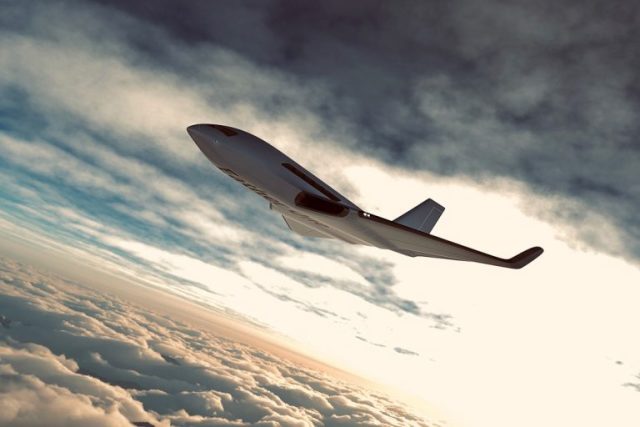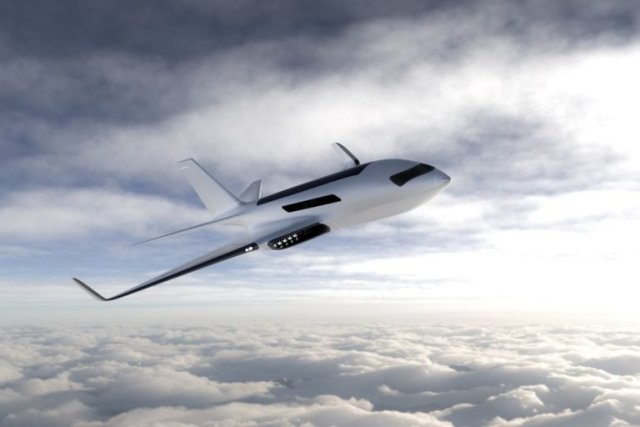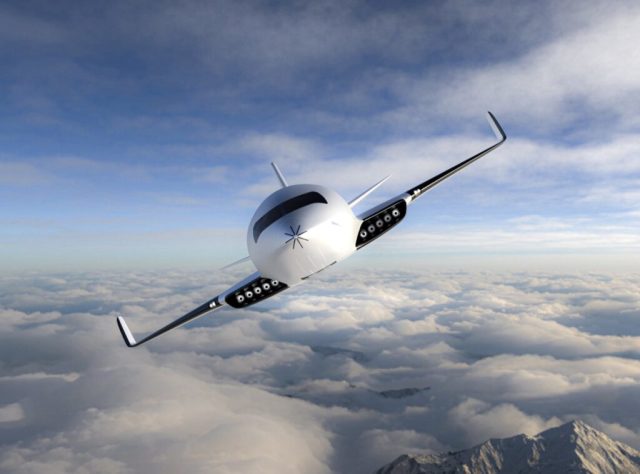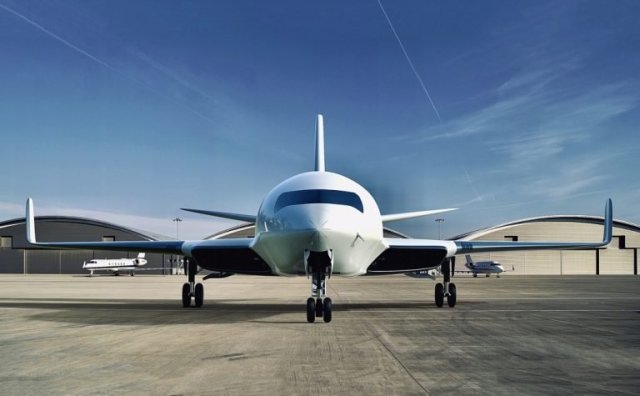Polish designer Michal Bonikowski is a fanatical supporter of revolutionary innovations in aviation. He decided to make a contribution to this area, embodying his unexpected at first glance idea in colorful renderings of the electric plane Eather One.
As we know, Michal reports, the main problem in electric aviation is the weight of the battery. But after all, " the air is full of electricity, which can be restored by the friction created by a flying plane. In the wings during flight, instead of fuel tanks, triboelectric nanogenerators can be installed, which, using the vibrations of the structure and the friction created by the bending of the wings during flight, can generate the energy necessary to power several small electric motors."
Strictly speaking, this idea did not arise from scratch. In flight, the aircraft experiences significant friction with the air, and the static electricity generated at this time is more than a serious problem for aircraft. At the same time, it is already successfully solved thanks to electrostatic dischargers installed on the wingtips and keel, engines, stabilizers and other protruding parts of the airframe. Thanks to the spark gap, the accumulated static electricity can drain from the body through the corona discharge constantly, during the entire flight.

Electric plane Eather One/©Eather One

Electric plane Eather One/©Eather One
How much this electricity can be used to power aircraft engines is a separate question. But the designer Bonikowski believes that it is the friction of the air can be a source of clean energy, which electric planes will use to reduce the carbon footprint of aviation.

Electric plane Eather One/©Eather One
The Eather One looks like any other aircraft, except for the triboelectric nanogenerators in its wings. They use mechanical energy, turning it into electrical energy. The designer compares them to solar panels – only, unlike the latter, triboelectric generators receive energy not from the Sun, but from movement.

